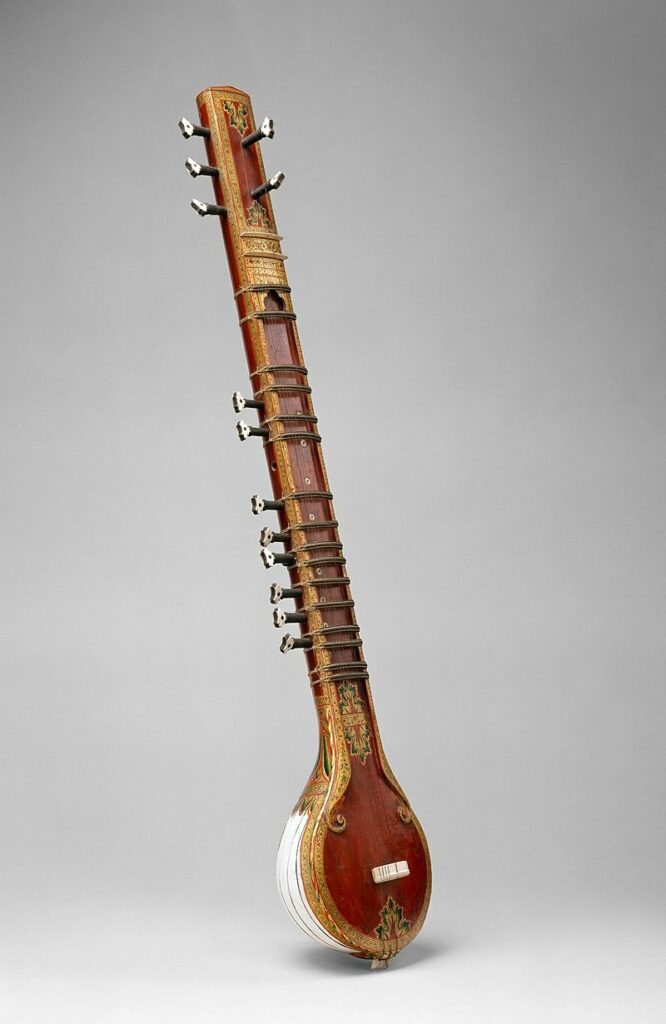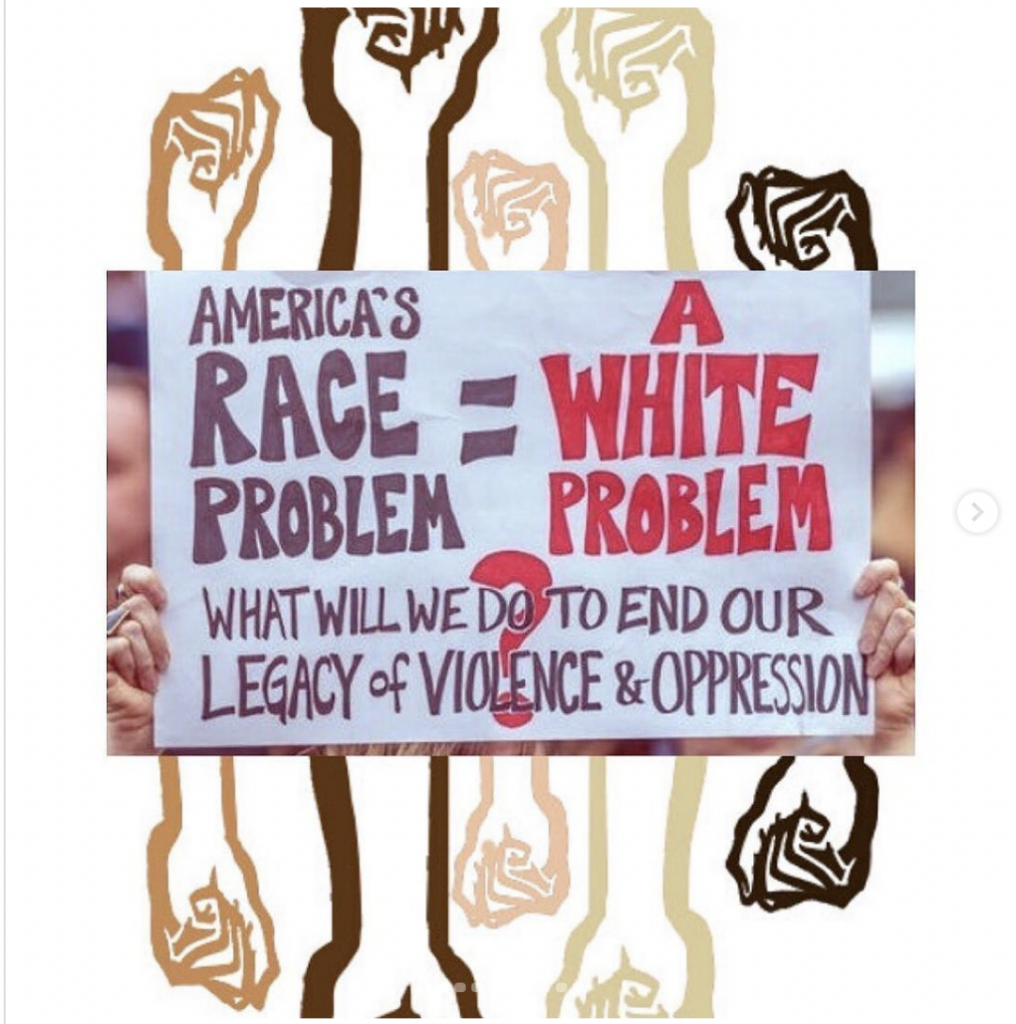The twin cities is a culturally diverse place with an incredibly active art scene. Every year in the Twin Cities artists join forces creating incredible multicultural art. The Twin cities is also home to Somali, Vietnamese, Chinese, Korean, Japanese, Tibetan, African American, Mexican, German, Lebanese, Hmong, Thai, Cambodian, Indian ethnicities and more! The Twin Cities is certainly a cultural melting pot of ethnicities.
Over the last 30 years Minnesotas culture has been influenced by recent immigrants who brought their traditional arts, music, poetry, painting, and fabric works to Minnesota. These traditional crafts have fused with the existing cultural arts of Native Americans, African Americans and Europeans. This diverse and collaborative fusion has created a uniquely Minnesotan art culture that may be hard to find anywhere else in the entire world.
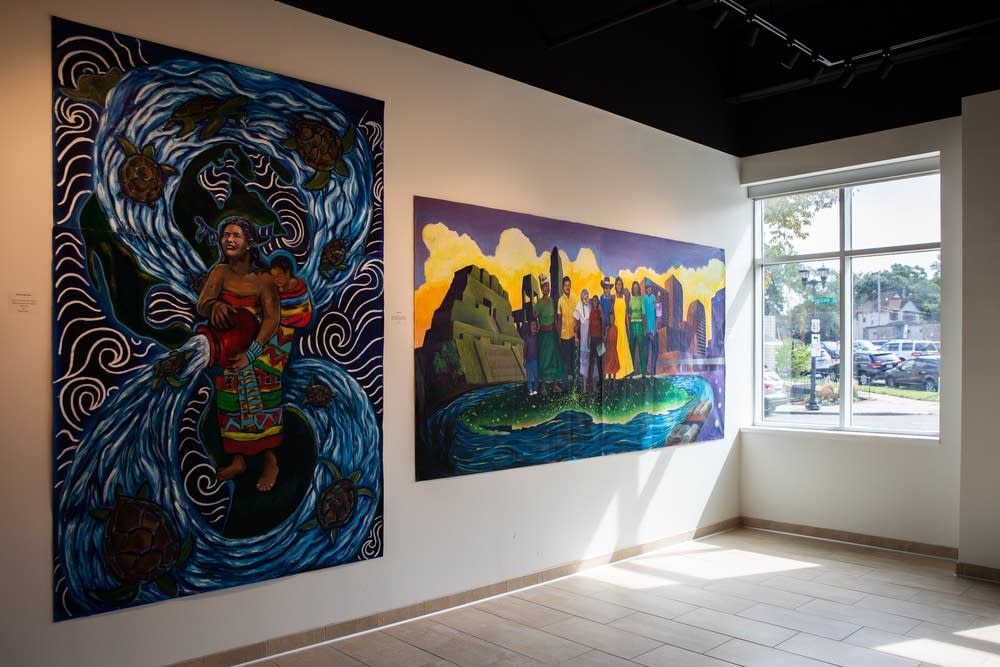
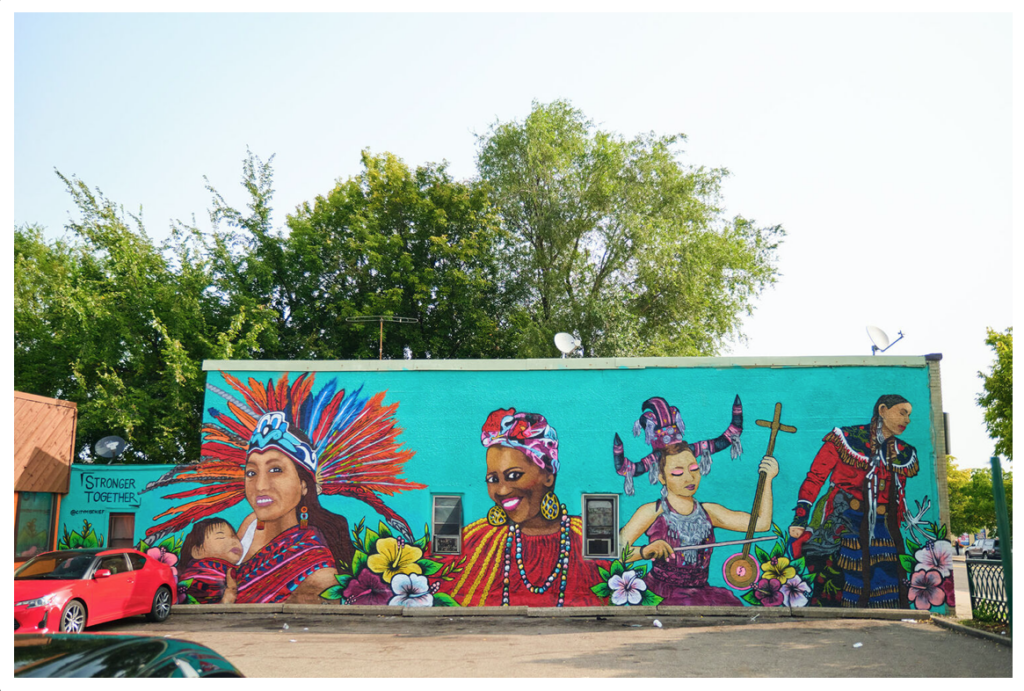
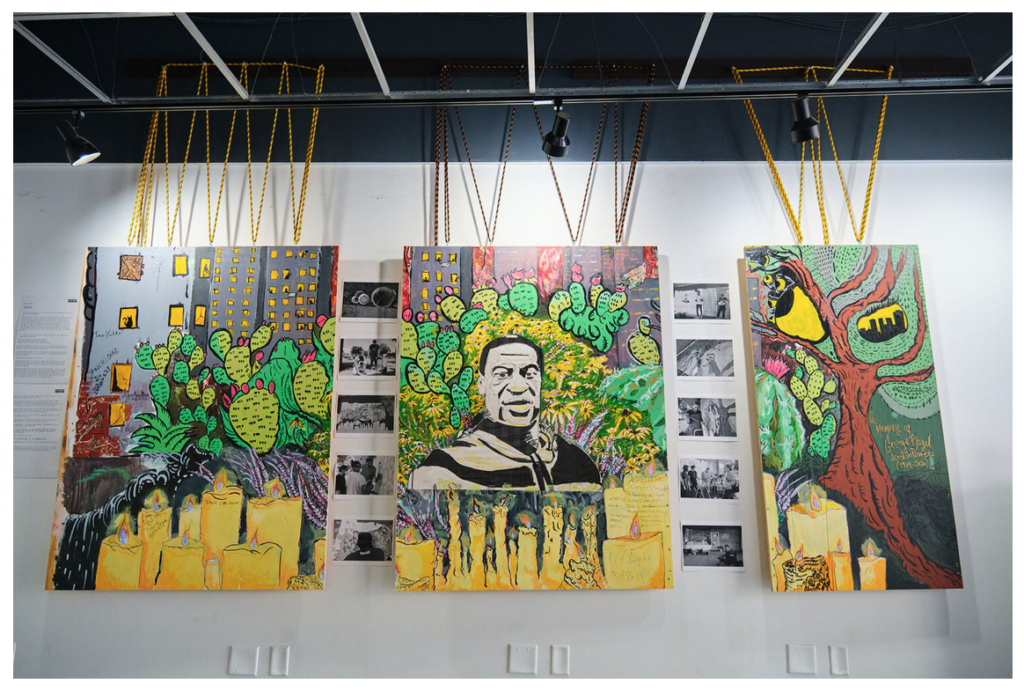
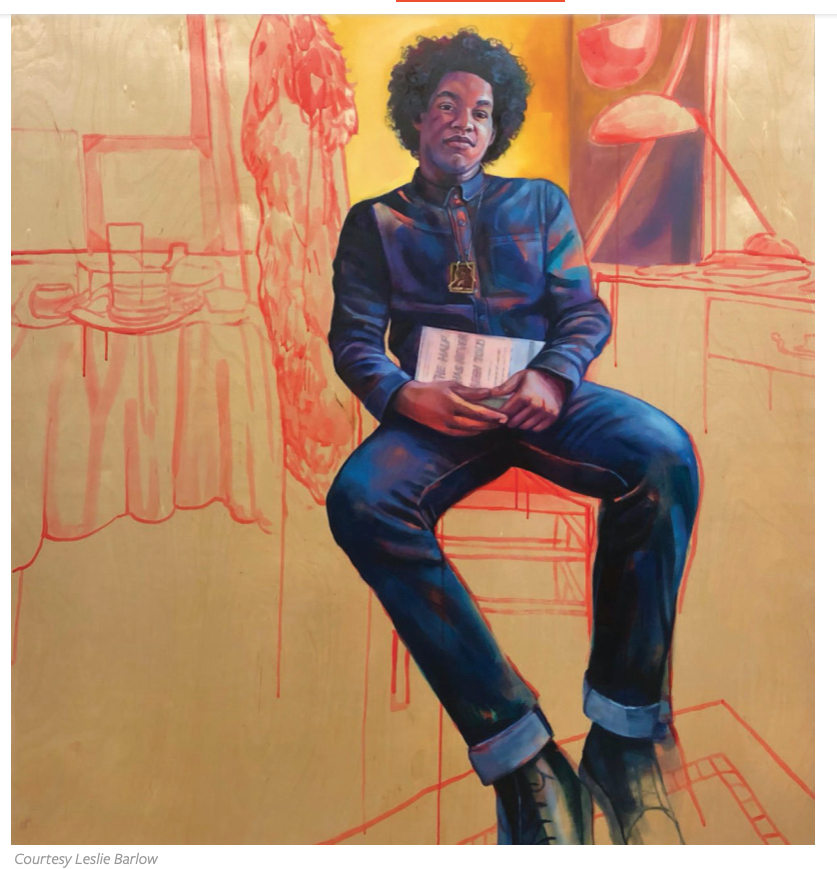
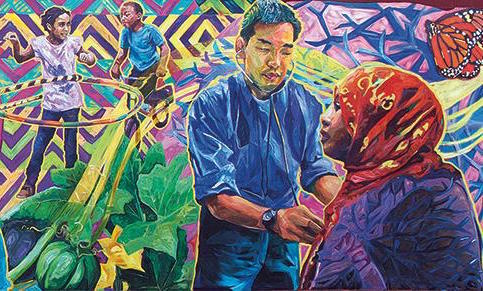
Minnesotas rich arts scene continues to embrace multicultural identities in many ways. Through the unique collaborations of artists sharing traditional knowledge a new form is born creating a new path of artistic expression. Minnesotas Art scene encompasses the modern, the avant garde as well as the traditional. With a robust energy, the art of Minnesota has left a landmark in American history.
Reference:https://www.mprnews.org/story/2021/09/17/culture-as-cure https://twin-cities.umn.edu/news-events/community-university-health-care-center-receives-national-award-only-center-its-kind https://mspmag.com/home-and-design/leslie-barlow/ https://www.spmcf.org/blog/art-in-this-moment-indigenous-roots

